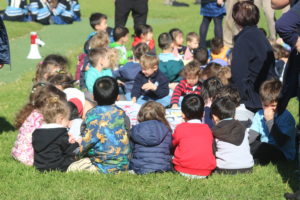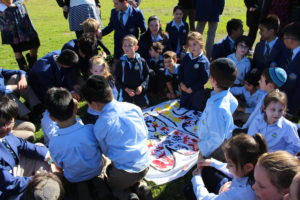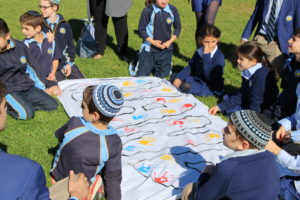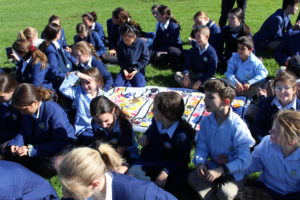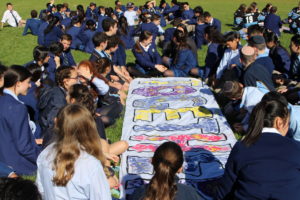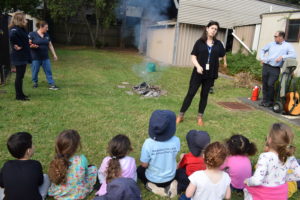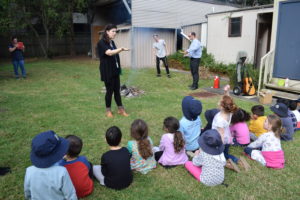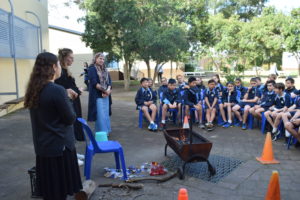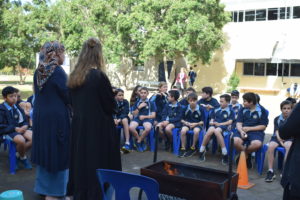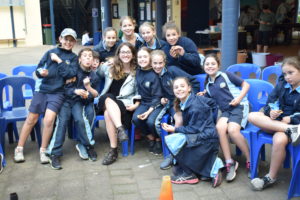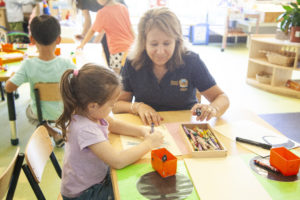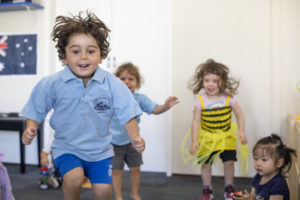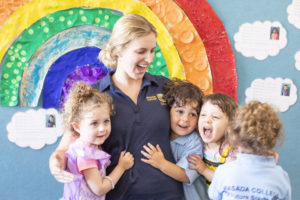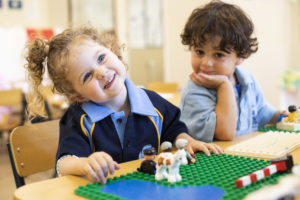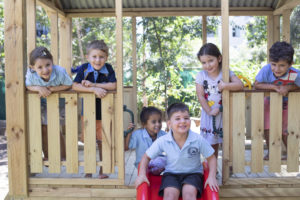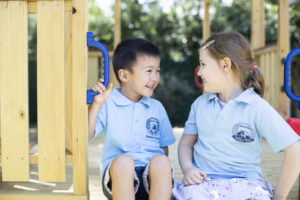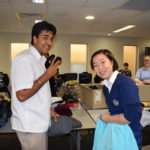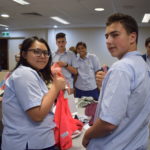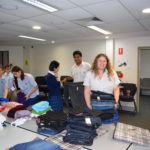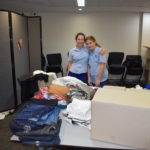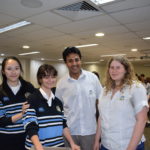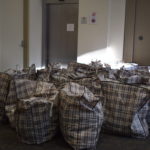By Mrs Nikki Grauman- Head of Academic Care, Junior School
Parents may be surprised to learn that social skills are far more predictive of outcomes in adulthood than early academics. A 2015 study showed that social skills observed in Kindergarten showed significant correlation with well-being at age 25. Furthermore, young students who demonstrated social competence were more likely to graduate from high school, go to university and get a job, than those who showed a lower level of social competence. So the next time you feel your child should miss out playing with his or her friend in favour of a more educational-based activity, you might want to think again.
The five key social competencies that we should be fostering in our school aged children include:
1. Playing well with others: We need to teach our children to develop their skills of negotiation, turn taking and sharing. Unstructured play with other children, where they are supervised but free to explore and experiment with the world around them in a safe manner, is vital for our children’s social and emotional well being.
2. Problem-solving: Children need practice problem solving. Instead of solving problems for our children, we should be brainstorming with our children to help them work out alternate solutions. For example, you could ask your child “What do you think should happen?” or “How do you think this might be solved?” This shows a child that you believe they have the ability to solve the problem. It also allows them how to succeed in their own right, or, to fail and then reflect on what they did and try a different path until they achieve success. When children see failures as part of the process to learning and moving forward, they are learning critical life lessons.
3. Labelling and recognising feelings: Fostering the skill of recognising or perceiving the emotions of those around us is essential for developing social skills. If we encourage empathy, we are helping our children see things from another’s perspective. We can use our words such as “Look at your sister’s face. Does she look like she is happy that you took her toy?” or even well-known books or movies to help our children name and notice emotions and conflict.
4. Being helpful: We know young children can be egocentric beings. It is important that we teach them to look beyond their own needs and to focus instead on recognising the needs of others. Each time your child shows that they are being considerate or are offering to help others, we should be praising them. We should also aim to model this behavior.
5. Controlling impulses: Impulse control is a part of the executive functions directed by the prefrontal cortex of the brain. We know that although this area takes until well into adulthood to develop completely, much of this development happens in early childhood. Allowing our children instant gratification and giving in to their demands as soon as they are made may keep them happy in the short term, but they are learning that our role in life is to satisfy their every need and to do so within a short amount of time.
Whilst learning academic-based skills is essential for our children, one might argue that equally important for our children – and perhaps even more important – are the social skills they gain in their earliest years of life. Providing our children with opportunities to play and interact with others of different ages and abilities is imperative for their current and future well-being.

